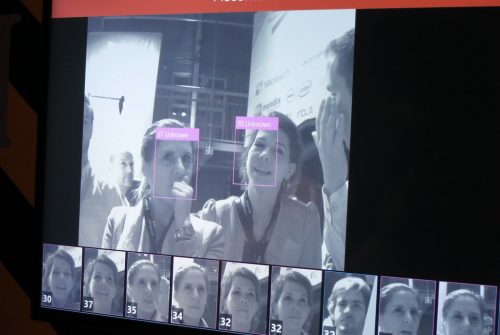Smartphone and 5G
23 May 2019 | Written by Alberto Laratro
We all have a smartphone in our pocket, a device that emits radiation. But are there health risks?

How many hours do we spend with the smartphone in hand? Among phone calls, social networks, internet, videos, and games, we all live almost in symbiosis with our smartphone. But are these devices safe? And now that the 5G network is about to enter the market, will there be new risks to our health? Let us try to shed light on a much-discussed topic.
According to the World Health Organization (WHO), after 20 years of studies, no evidence was found to indicate that the use of smartphones with 3G and 4G networks poses health risks. In fact, those that they emit are non-ionizing radiations, which until proven otherwise are harmless to organisms.
Radiations, these unknown. when we talk about radiation, a mental alarm immediately starts: radiations equal danger. It is necessary, however, to clarify some aspects: by radiation, we mean any form of energy transmission in the form of particles or waves. In this perspective also visible light is radiation, electromagnetic radiation for precision: it is a spectrum in which the higher the frequency of electromagnetic waves, the greater the energy. The radiations we are usually exposed to are potentially harmless. It is when energy exceeds a certain value that problems start to arise: in that case, we talk about radioactivity, that is the release of high energy particles, usually linked to phenomena of nuclear decay.
Smartphone radiation. The 4G nets we use normally exploit microwaves, radiations between 300 MHz and 300 GHz: they are non-ionizing radiations that pose no health risk. Yet, the objection seems obvious, we all use microwave ovens and if the food cooks inside it, why shouldn’t this radiation do the same with our tissues? The answer is in the power: up to 1200 watts pass through a microwave oven, smartphones and wireless devices are limited to just one watt. However, some studies have shown that prolonged use of mobile devices attached to our bodies could have effects related to the heating caused by low-power microwaves that is mostly absorbed by our skin. For this reason, the WHO has included the use of smartphones and exposure to electromagnetic radiation in the category 2B of the carcinogens, or agents for which there may be a suspicion that it may cause cancer. But no alarmism, this is caution, given that there are many agents in the same category such as coffee, some types of shampoo (those with coconut oil) or aloe vera, to name a few, substances that we use daily without posing a minimum problem.
The 5G. The new high-speed wireless connection is set to become the new world standard: it is a new technology and therefore it is legitimate to ask oneself about its safety. Till today there are no biomedical studies at the moment on possible risks, it is always a low-energy microwave, therefore potentially harmless.
Speaking of risks, however, the 5g could bring big problems to the reliability of the weather forecasts. Yes, because the frequencies to which it travels are very close to those used by meteorological satellites to detect water vapor, clouds, and an intense diffusion of the network could diminish the accuracy of the forecasts. At least until you find a way around the problem.






